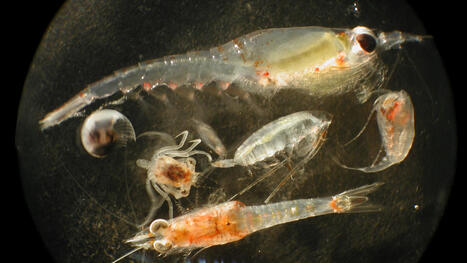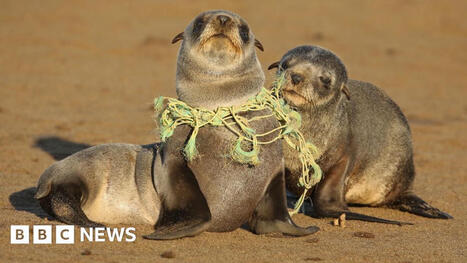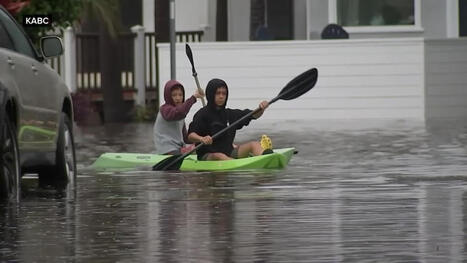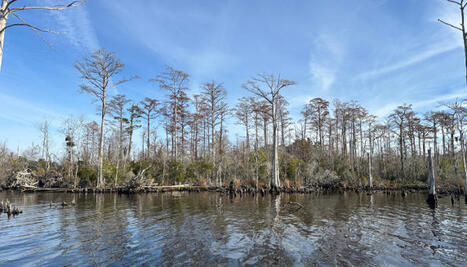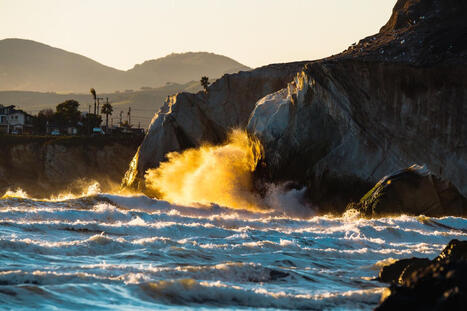Welcome to my curation site for all things coastal management-related.
Here you will find an array of stories, media, factoids, and updates on current events spanning a range of coastal and marine issues. While we are interested in a great many things, most of these entries center upon efforts to restore coastal ecosystems and improve the management of these incredibly dynamic parts of our planet.
In particular, you will find postings here that reflect a deep, continuing interest in:
- coastal riparian restoration
- coastal wetland restoration
- the coastal imaginary
- deep sea mining
- plastic pollution (especially microplastic)
- subtidal reef restoration
- improved Coastal Zone Managment poilcies and proceedures
- coastal agriculture/food systems
- sustainable fisheries management
- working ports and harbors
- vibrant ocean economies
- marine ecology
- natural history
- coastal energy production
- oil spills
- water quality and ecotoxicology in the coastal zone
- historic coastal perspectives and our relationship to our world ocean
If you find my posts here of interest, you might also be interested in some of my other research, teaching, and updates elsewhere via my:
- YouTube Coastal-Related Videos: https://www.youtube.com/watch?v=qW7CGTK-1vA&list=PLvKr3ZQE4i36pubiq9RGBJo6GSRhEJPb9&pp=gAQBiAQB
- YouTube Disasters-Related Videos:
https://www.youtube.com/watch?v=kJDZnFl1qxk&list=PLvKr3ZQE4i350iUWqGB_2e49Mjm94L7mf&pp=gAQBiAQB
- Dr. A's lab home page: https://piratelab.org
- RestoringNOLA twiter feed (emphasizing Coastal Management in California and Louisiana): https://twitter.com/RestoringNOLA
Thanks for visiting. Please enjoy and let us know if we can answer any questions or be of help.



 Your new post is loading...
Your new post is loading...


















